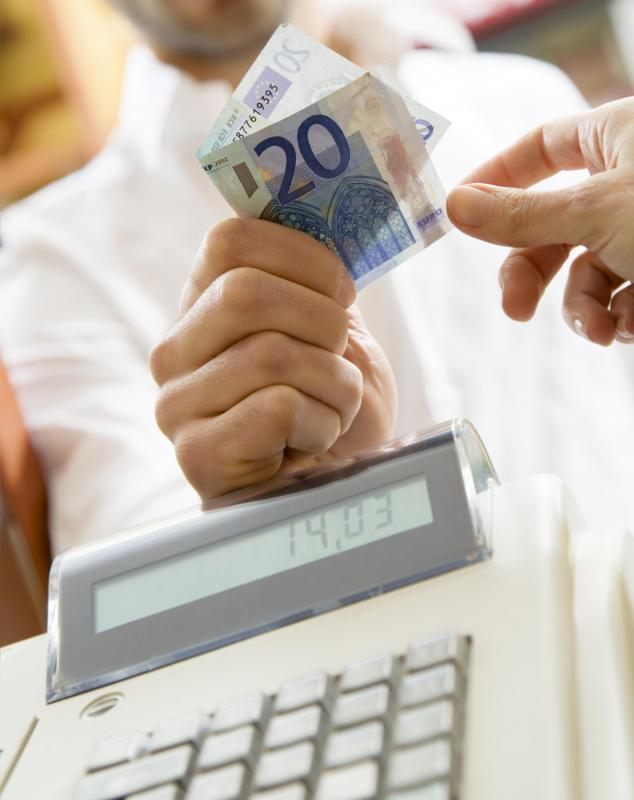At WiseGEEK, we're committed to delivering accurate, trustworthy information. Our expert-authored content is rigorously fact-checked and sourced from credible authorities. Discover how we uphold the highest standards in providing you with reliable knowledge.
What is the European Monetary System?
The European Monetary System was an arrangement between European nations to stabilize currency exchange rates and lower inflation in their countries. It was created in 1979 as a successor to the Bretton Woods monetary system. The European Monetary System was an attempt to stabilize European currencies by setting constraints on the monetary policy of participating nations. Many believed that fixed currency exchange rates, for example, could lead to greater economic stability and prosperity. While the system faced difficulties during the 1990s, it did help usher in a common currency, the euro, among many European countries.
The Bretton Woods system was a set of economic agreements between many of the world’s most powerful nations. It went into effect at the end of the Second World War and lasted until the first years of the 1970s, when it was largely abandoned by participating nations. Generally, the Bretton Woods system entailed fixed exchange rates between major international currencies. The apparent stability in this kind of system was one of the major incentives for the arrangement.

This stability was also what European leaders had in mind when they created the European Monetary System. The United States, on the other, was using free-floating exchange rates at this time. Free-floating exchange rates adjust themselves according to the free market, which is typically a faster response than that of a government. Along with the free market, though, can come instability and unpredictability. The European Monetary System tried to gain the stability of fixed exchange rates.

The system ran into trouble during the early 1990s. When exchange rates are fixed, a given country generally loses its ability to administer monetary policy. For example, a government no longer can pursue inflation and interest-rate targets by printing more or less money. The stability of the international economy is given priority over local economic conditions. Some of the countries that found these constraints unfavorable left the European Monetary System in the 1990s.
Several monetary changes followed the European Monetary System. In 1998, the European Central Bank was established in Frankfurt, Germany. Soon after, the euro currency was launched in a large number of European countries, with the United Kingdom as a notable exception. The euro in many ways is a reflection of the past European Monetary System, because having fixed exchange rates is similar to having the same currency. Local manipulation of the currency is sacrificed, it is hoped, for greater currency stability.
AS FEATURED ON:
AS FEATURED ON:












Discuss this Article
Post your comments